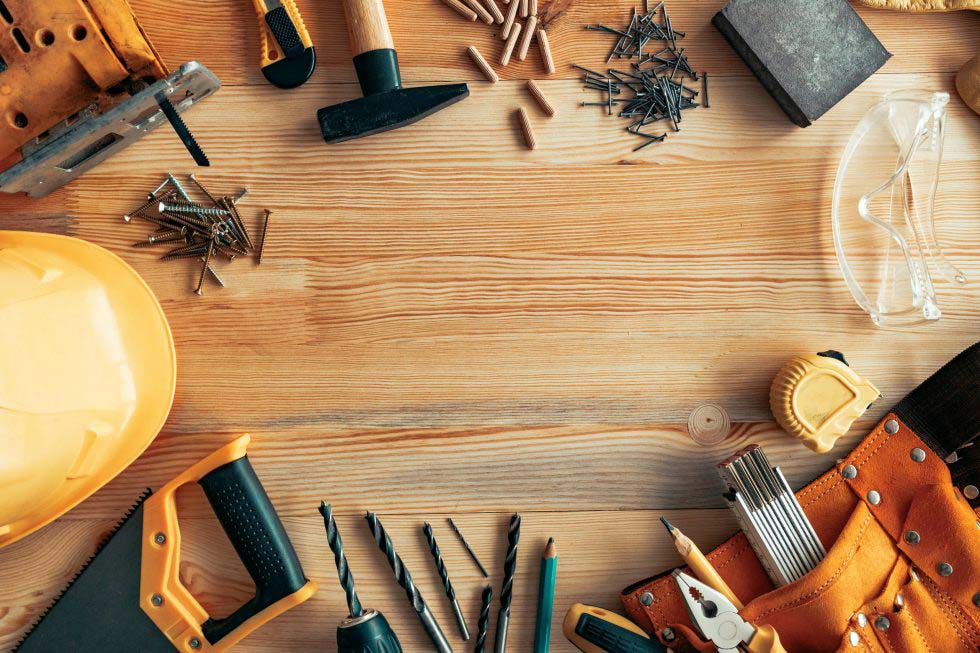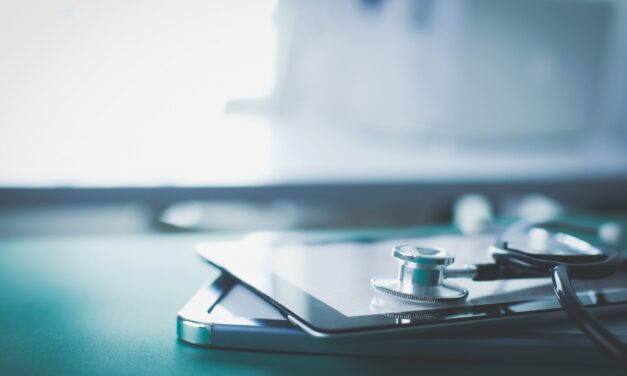AAIM 2021 Handoff Best Practices
In this session, practicing hospitalist and former Director for Handoff Education at the Penn IM residency program, Dr. Subha Airan-Javia, will share her experiences in transforming handoffs from being one of the most error prone and time consuming parts of a resident’s shift to one that is streamlined. (hint: it takes more than an acronym to get there).
From Ugh to Ahh: How Penn Medicine Implemented I-PASS to Improve Handoffs and Resident Wellness.
Related Content
Tools of the trade
From the beginning of time, (wo)mankind has developed tools to make us more efficient. While on the face of it, Medicine has been a proud beneficiary of this innovation, the preponderance of medical inventions in recent decades have been focused on molecular discoveries, or devices to support procedural skills. For example:
Scanners of all types: CT, MRI, advanced surgical imaging guidance etc. → Equivalencies: radar, sonar, etc.
Remote monitoring equipment of all sorts → Equivalencies: The internet, wearables, etc.
A myriad of surgical tools ranging from the scalpel to the machines that enable us to operate at the microscopic level → Equivalencies: robotics to everything in the military
And so much more….

It Should Be Easy To Do the Right Thing (part 1)
Recent Research has shown that an alarming number of medical errors are based on communication gaps, either while taking patient history or during handoffs between care providers. In 2015, a benchmarking study conducted by CRICO (The Controlled Risk Insurance Company , providing coverage to Harvard affiliated medical organizations and their physicians) found that communication errors were responsible for over 1,700 deaths as well as additional costs of $ 1.7 billion, to the healthcare system.
Read More
It’s time for better healthcare technology
I quickly realized the difference between my daily tech and health tech: the applications that I use in my daily life are built for me, the end-user. The technology that I use as a physician—the EHR—was built to satisfy the business of healthcare. Not the delivery of care.
Read More

CareAlign Solutions
CareAlign was built for clinicians, by clinicians with the goal of giving providers a tool that fits their workflows. We believe that clinical technology built with a focus on usability and accessibility improve patient safety and clinician wellness. Check out a quick, 5 minute demo fo CareAlign to see how it supports clinical workflows to improve patient care.
Get the platform that clinicians believe CareAlign:
%
SAVES AT LEAST ONE HOUR PER DAY
%
IMPROVES EFFICIENCY
%




